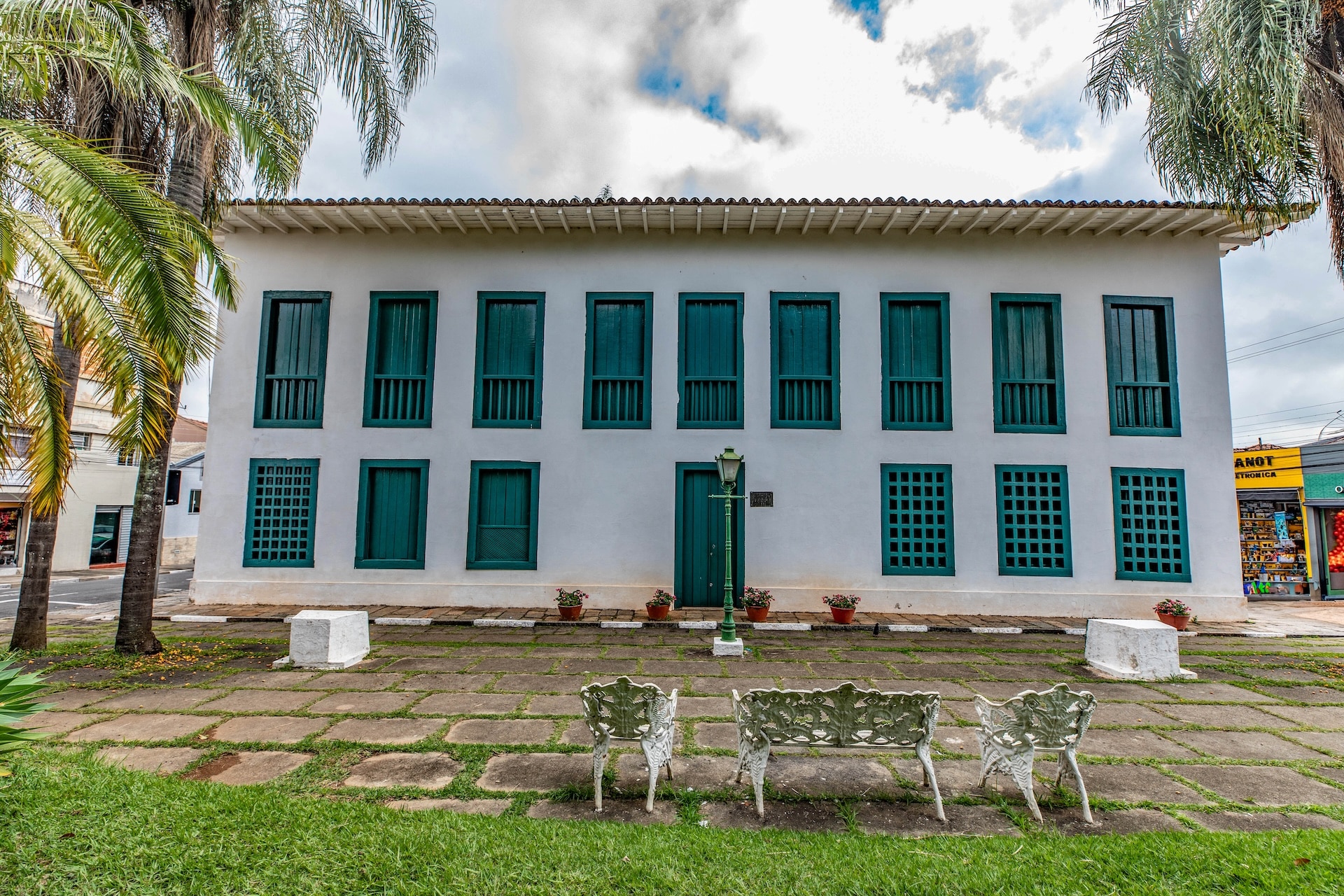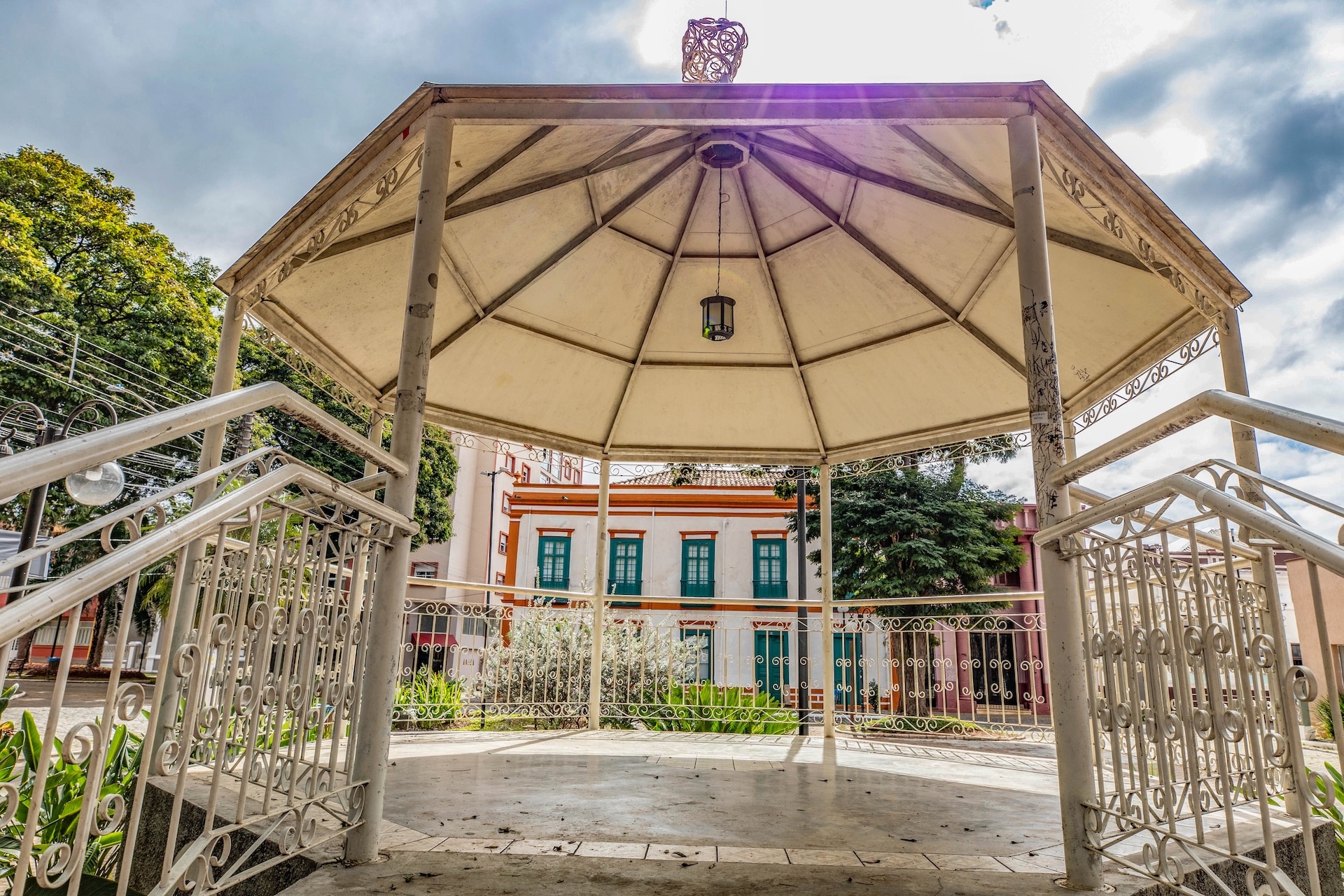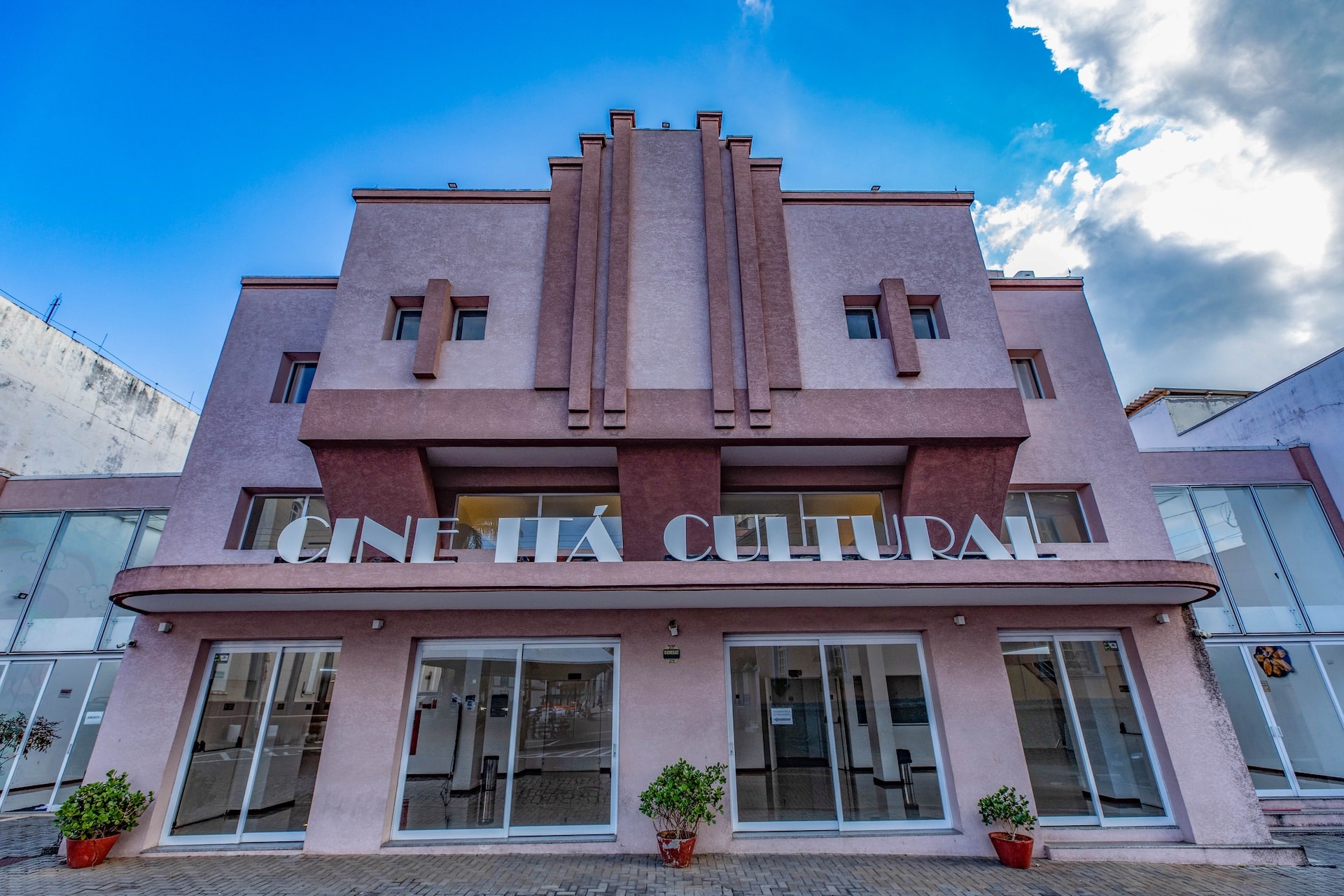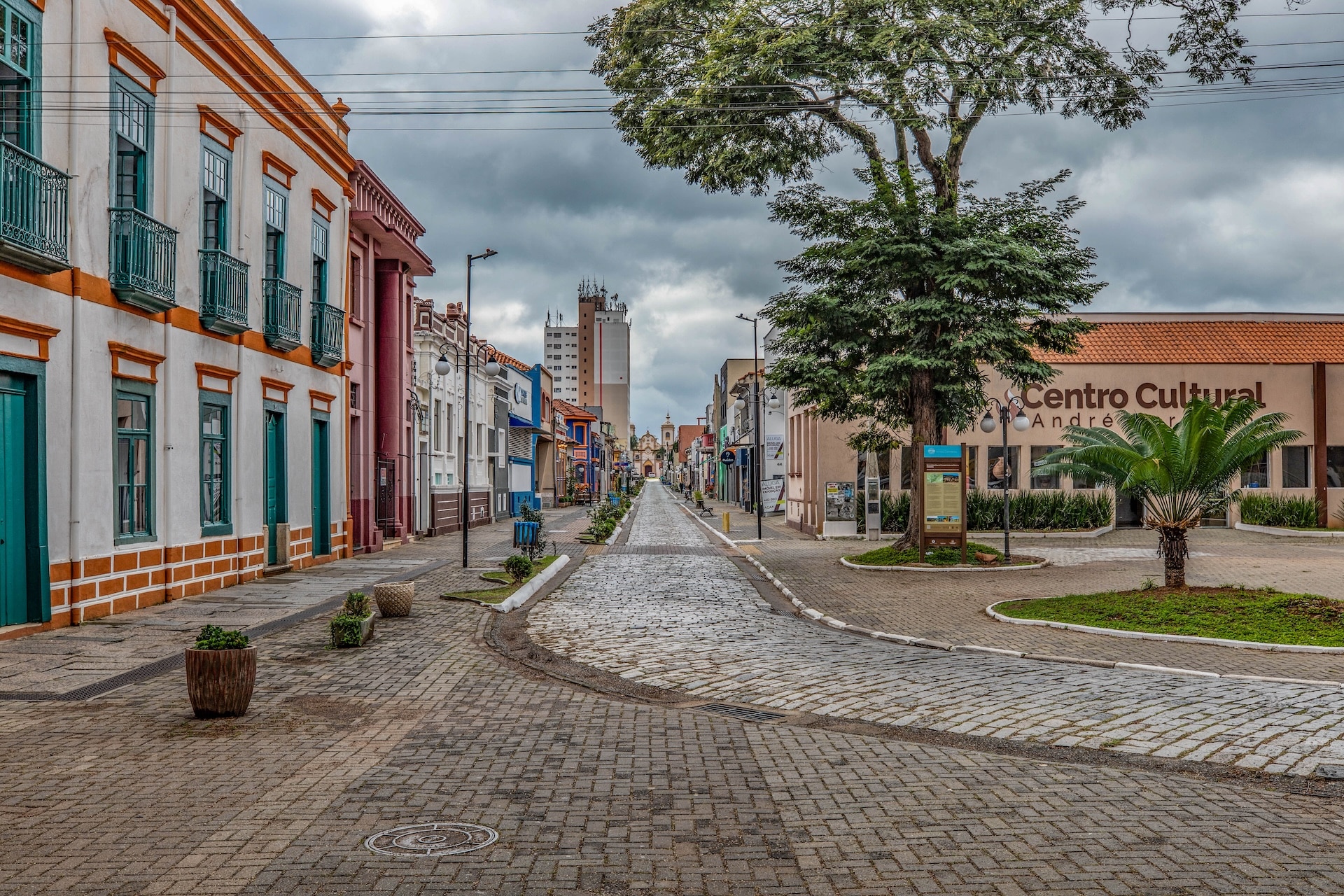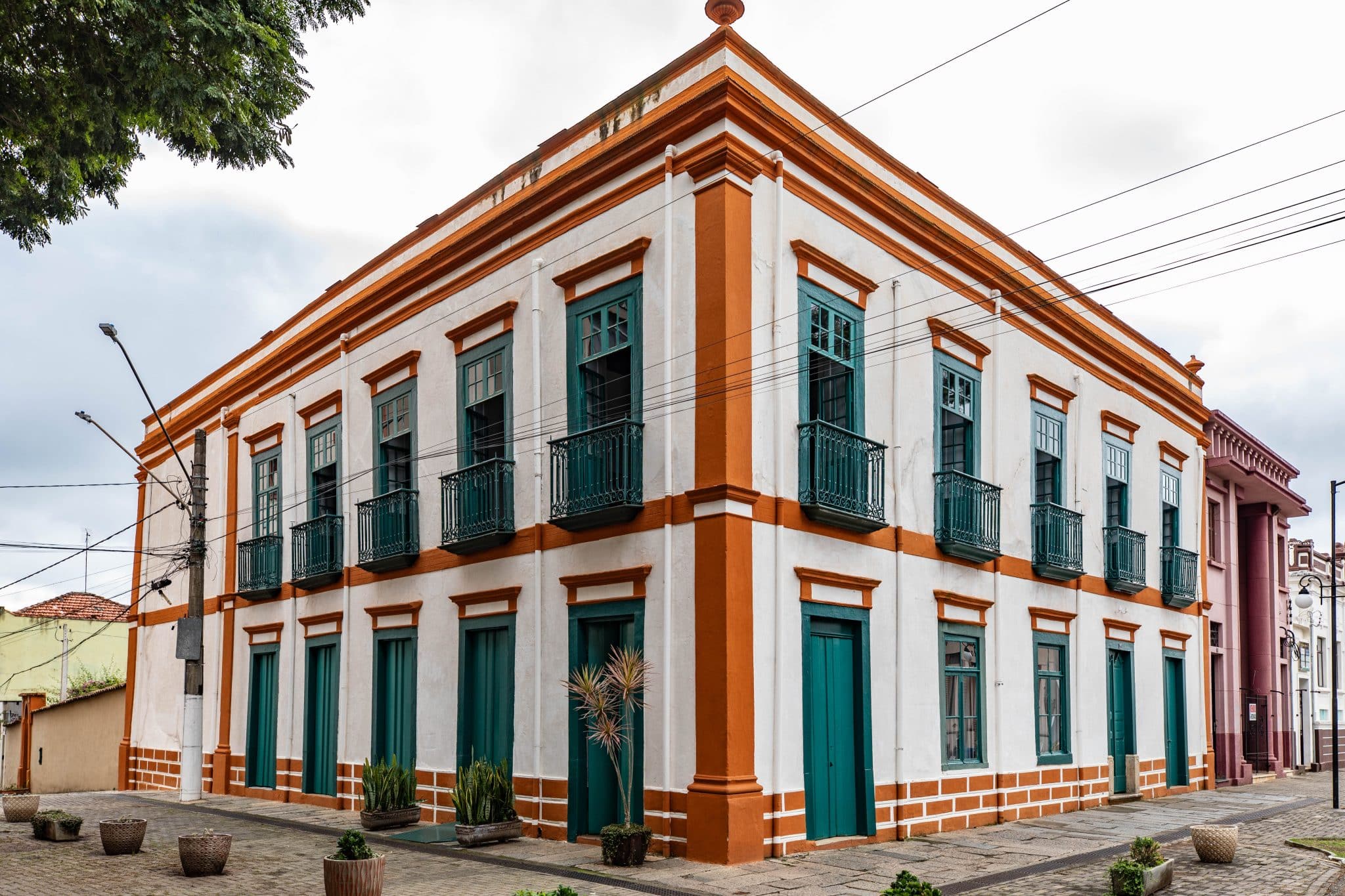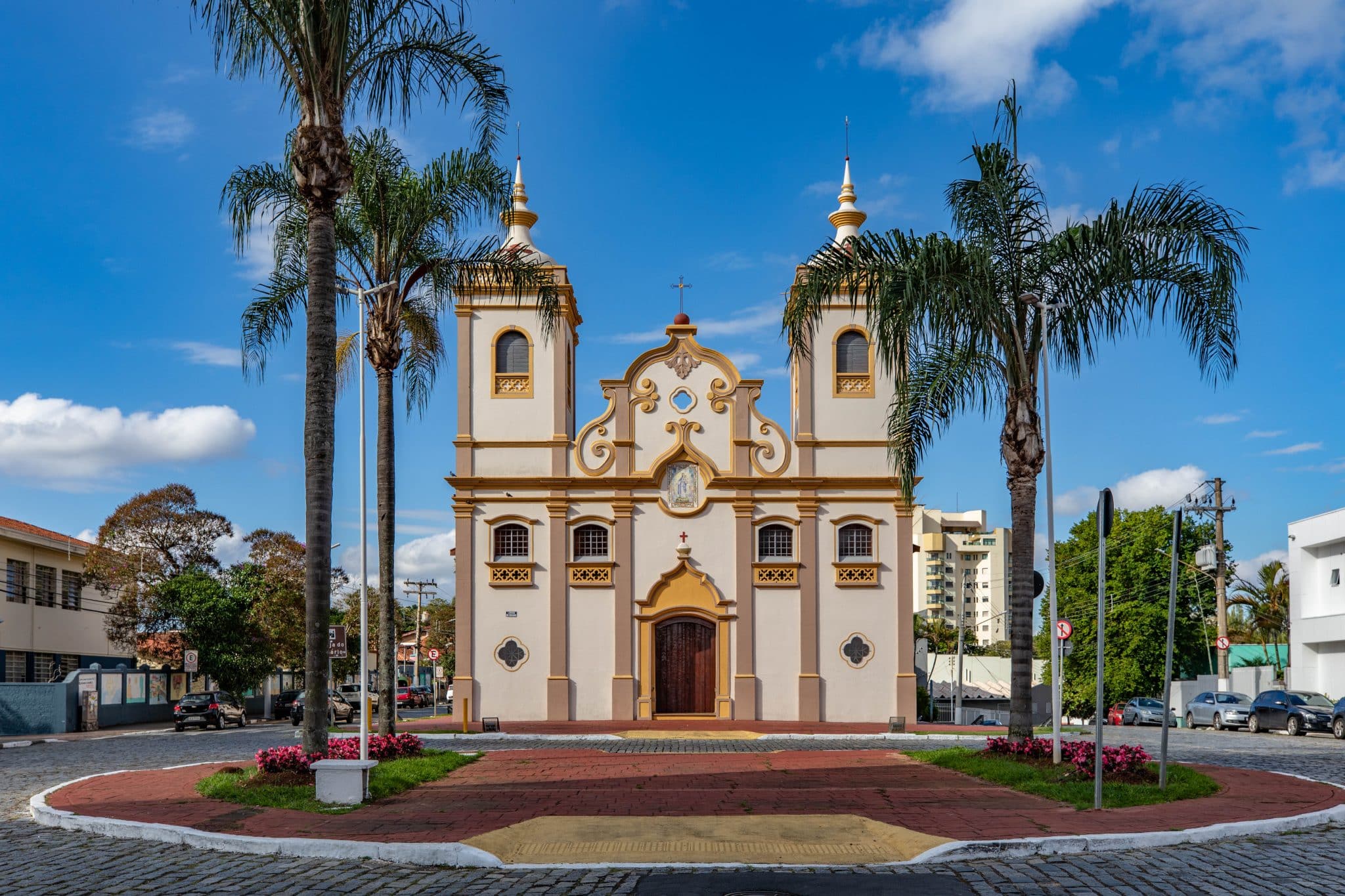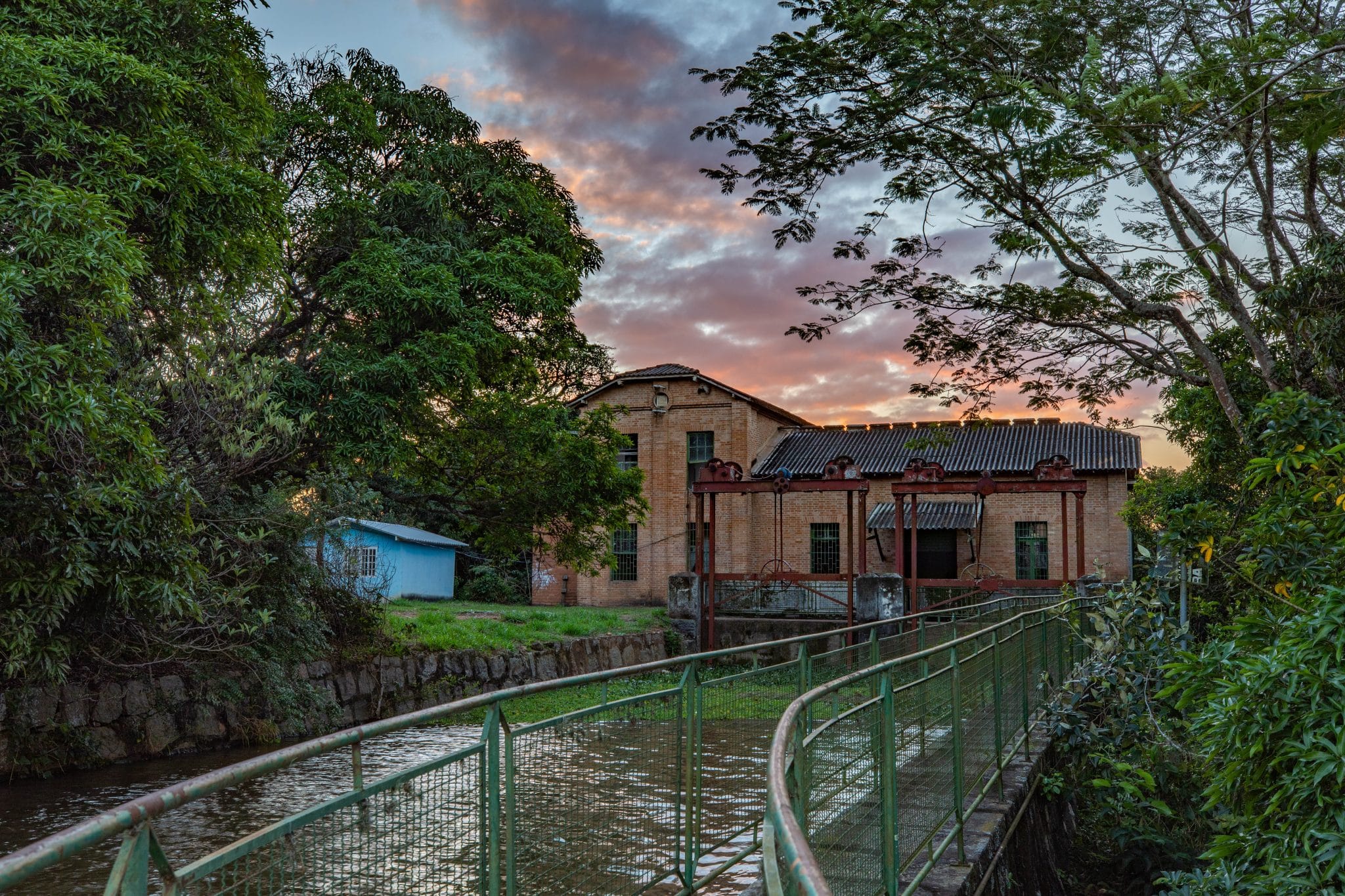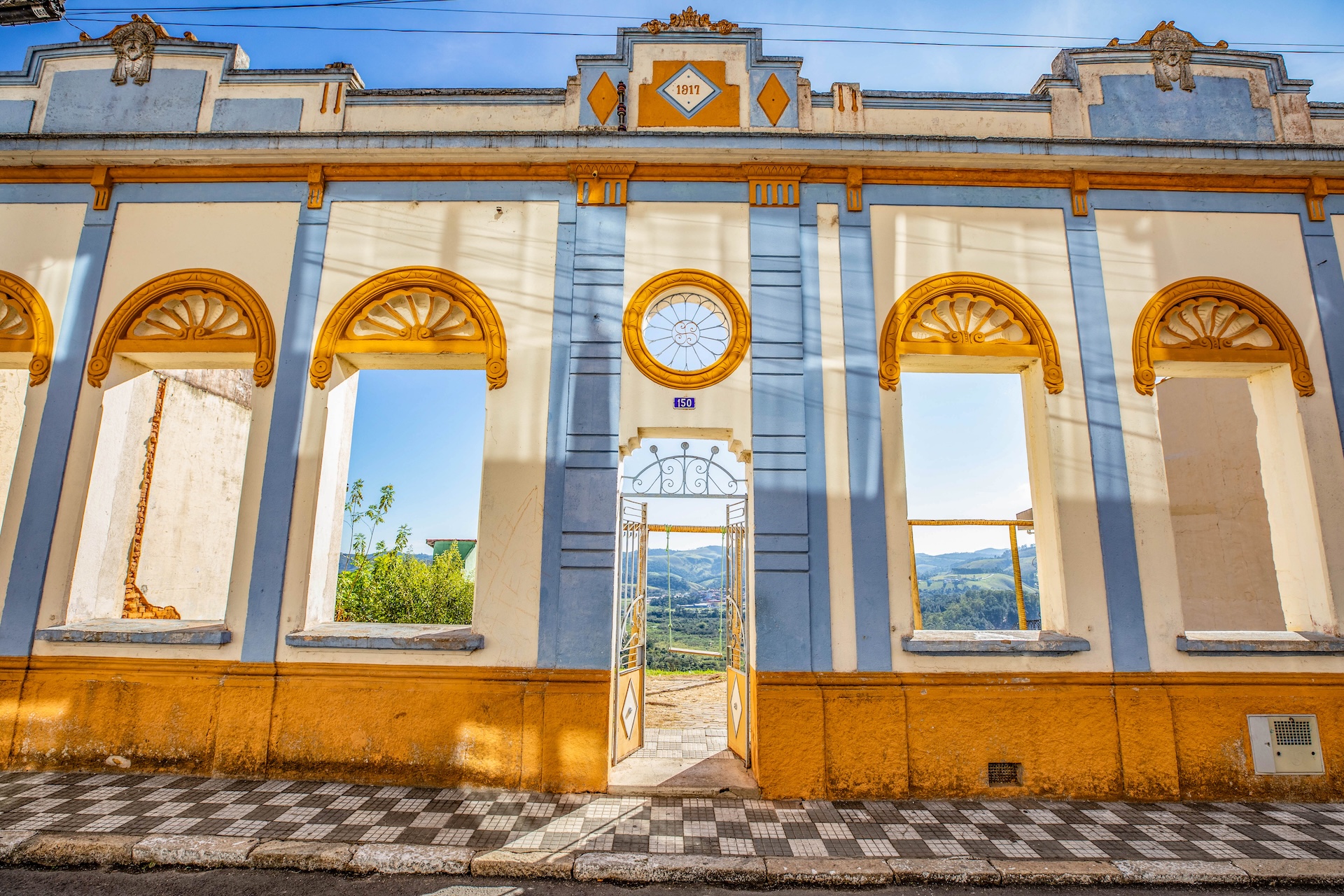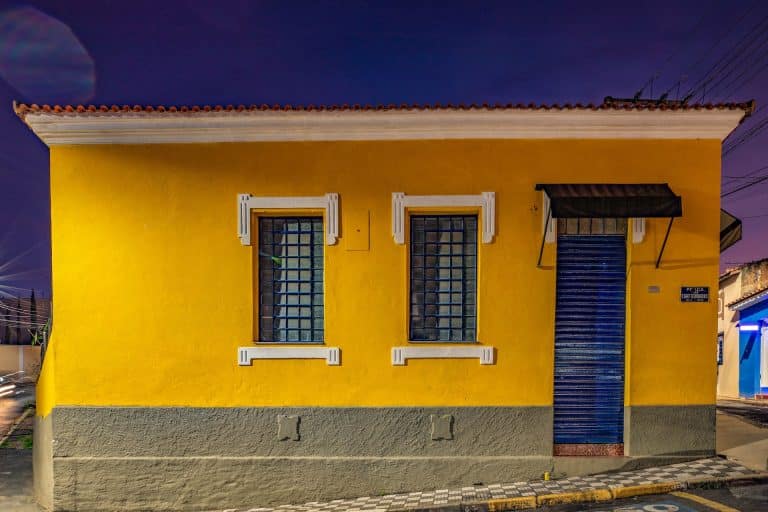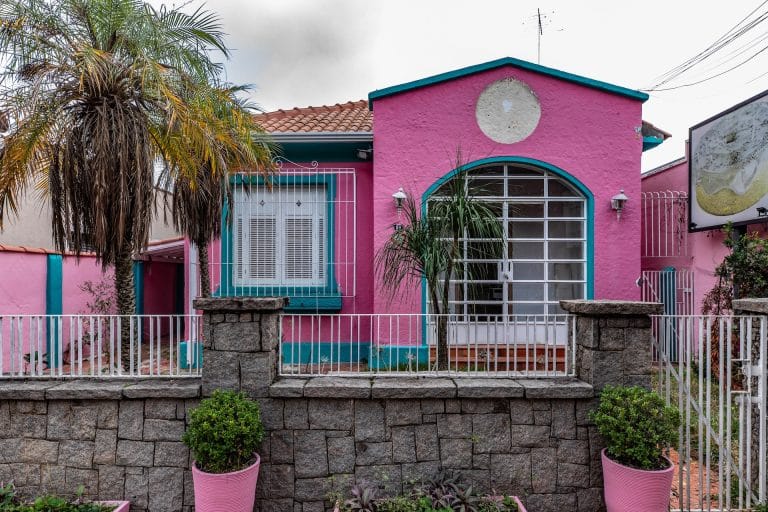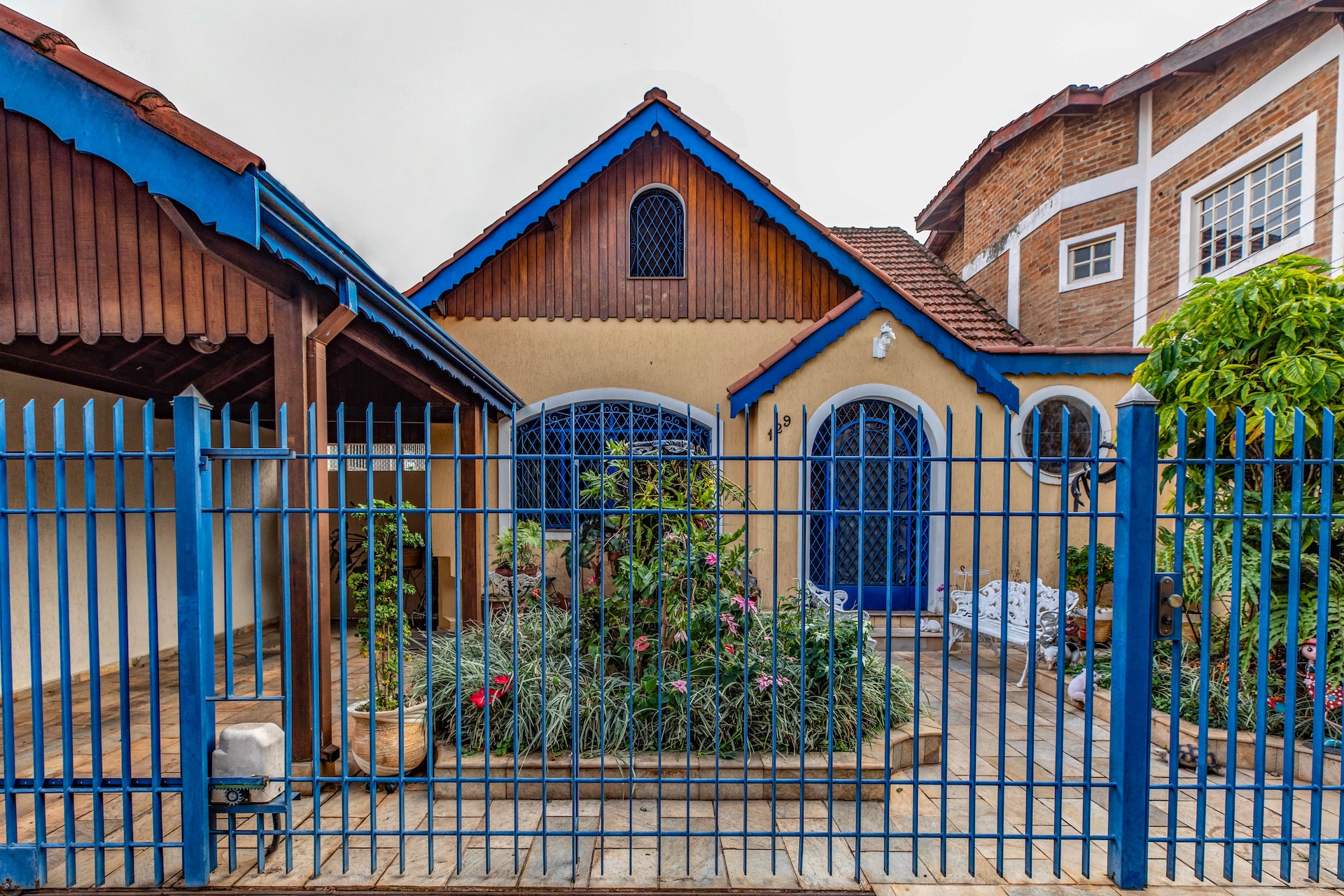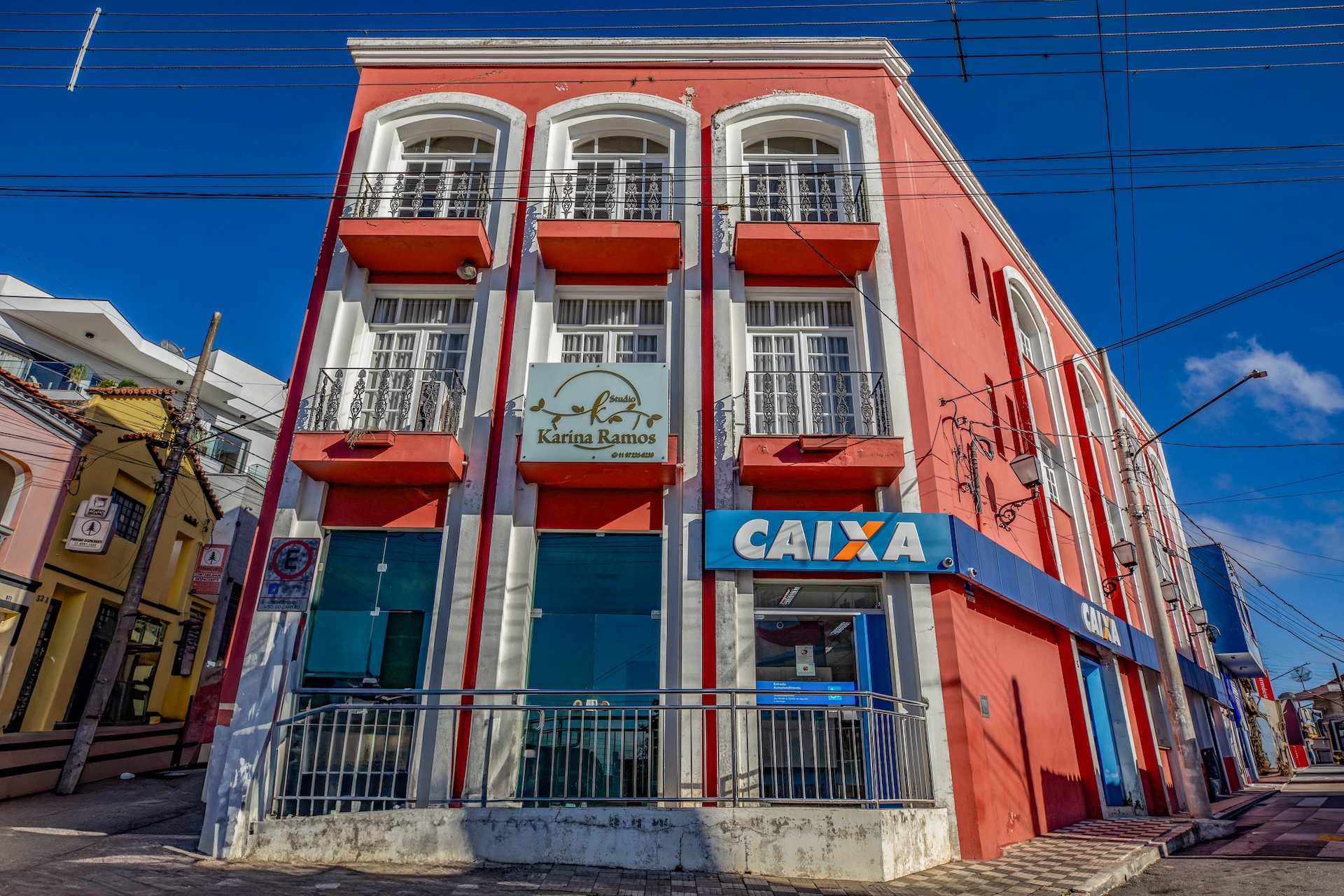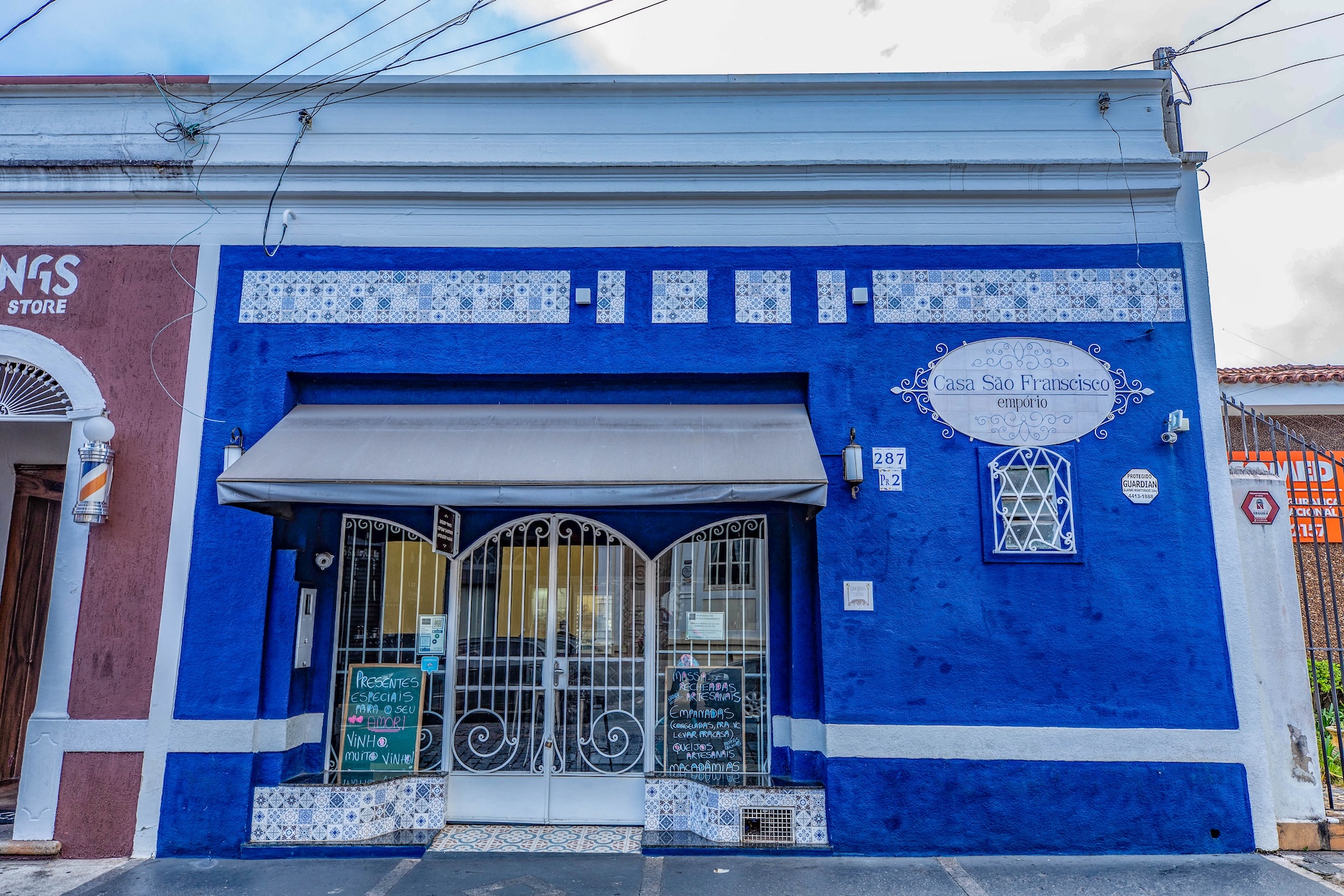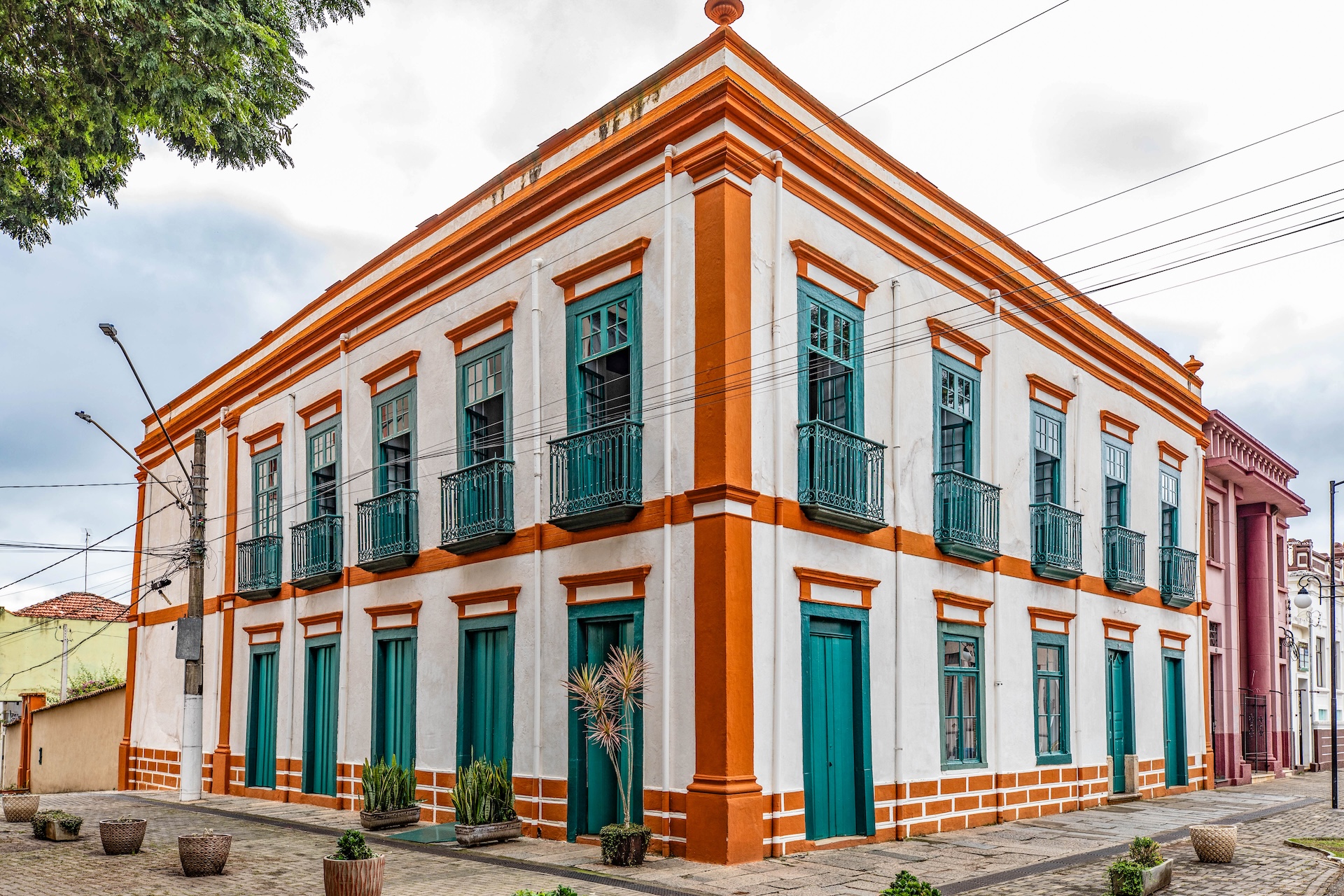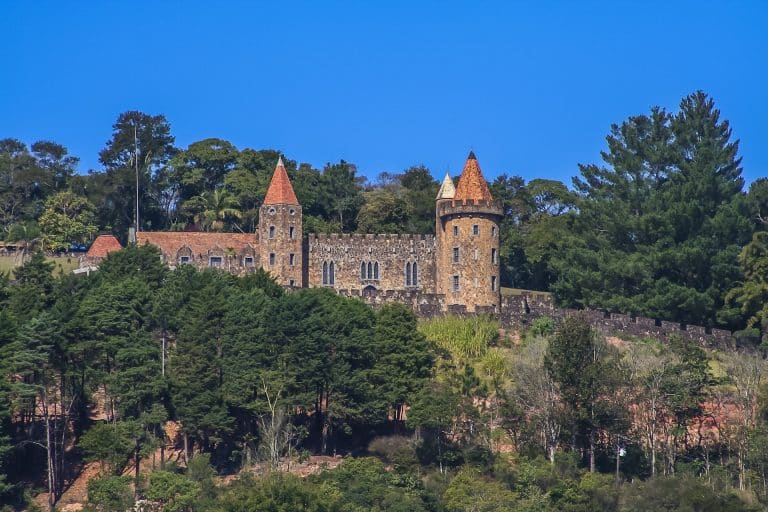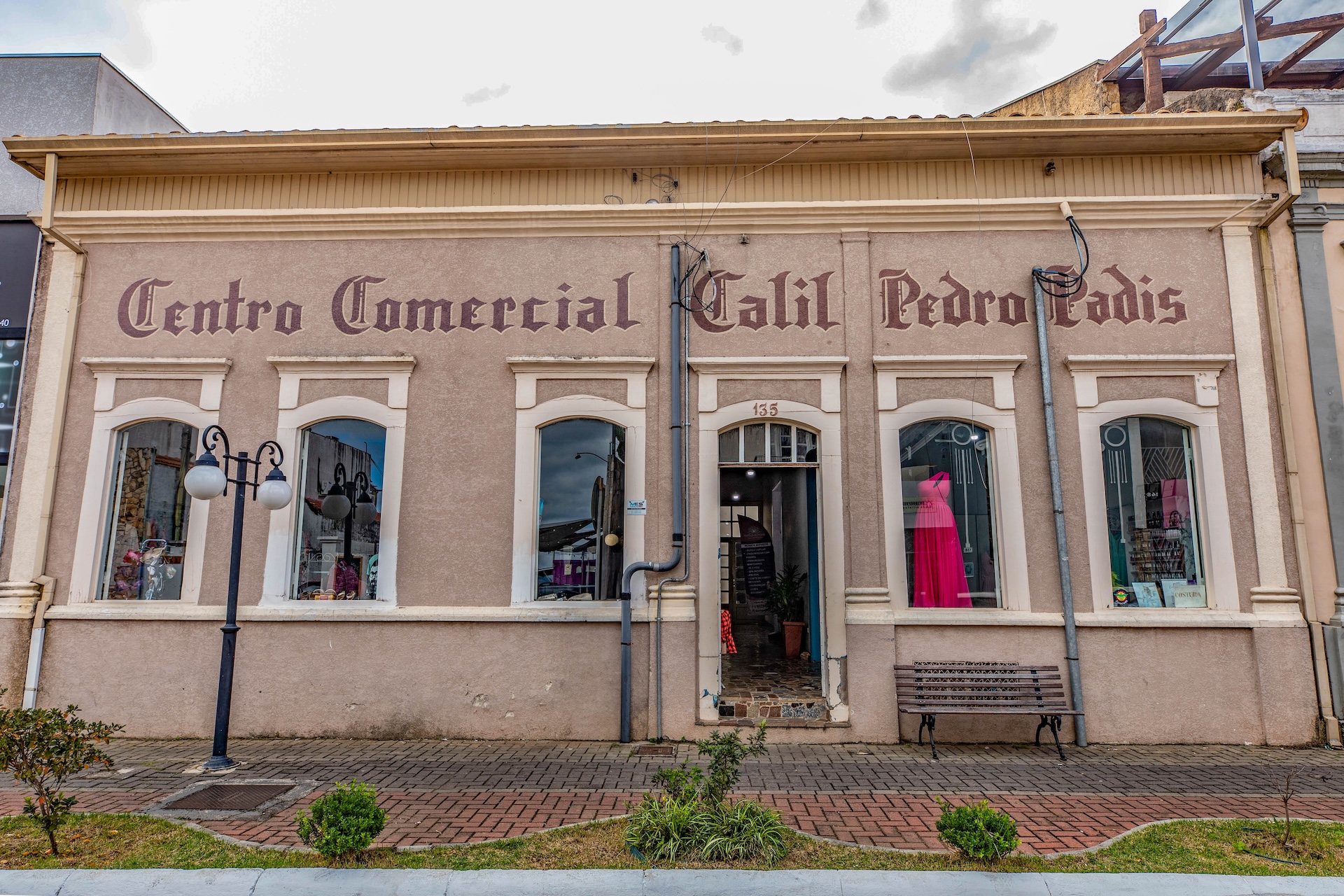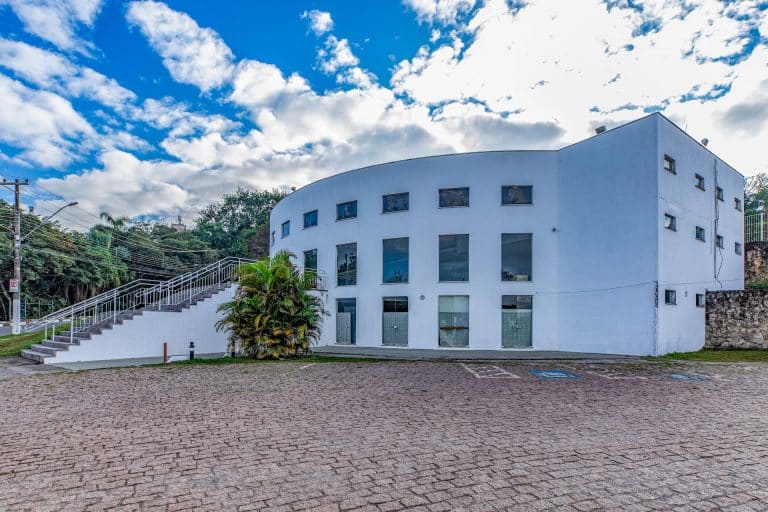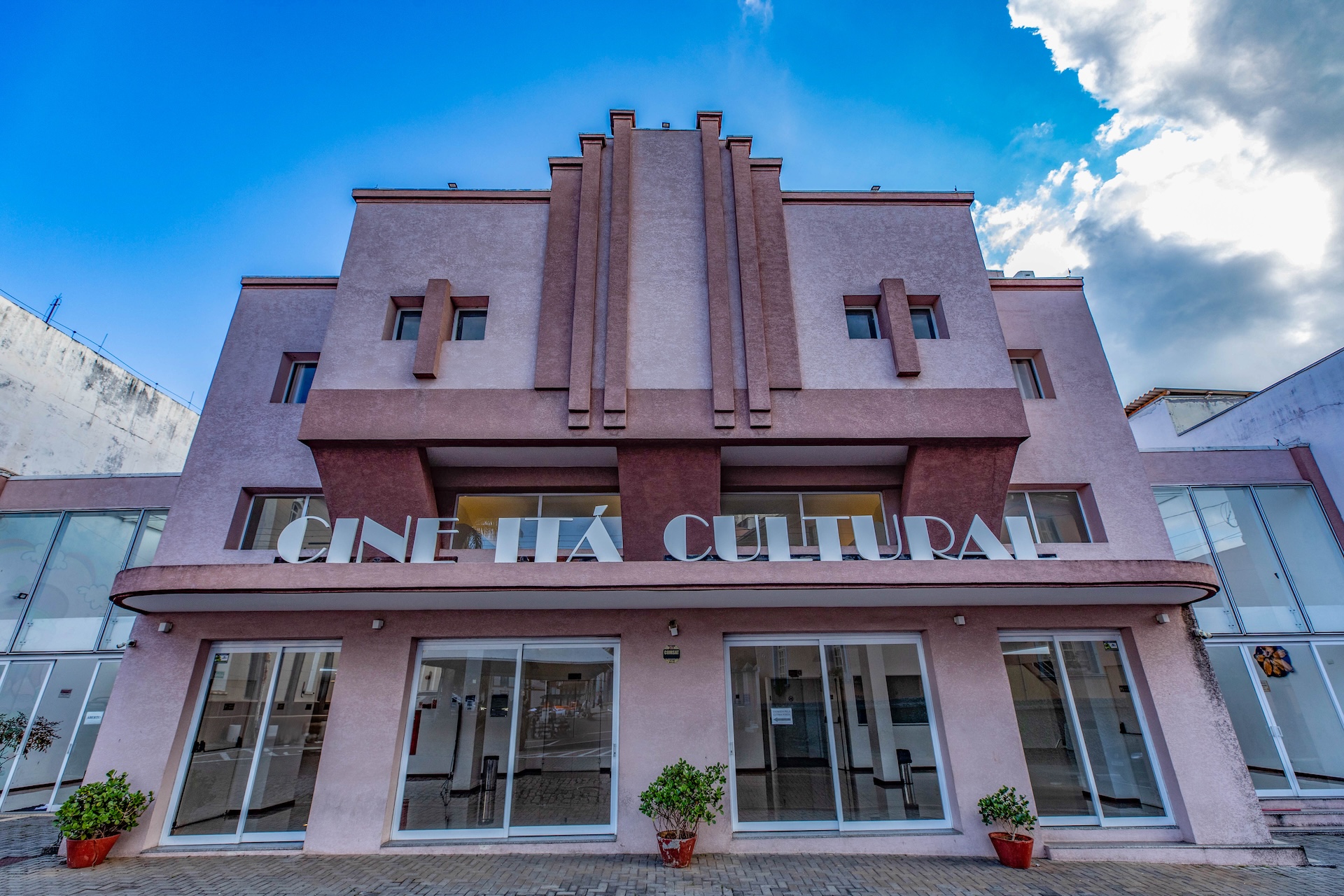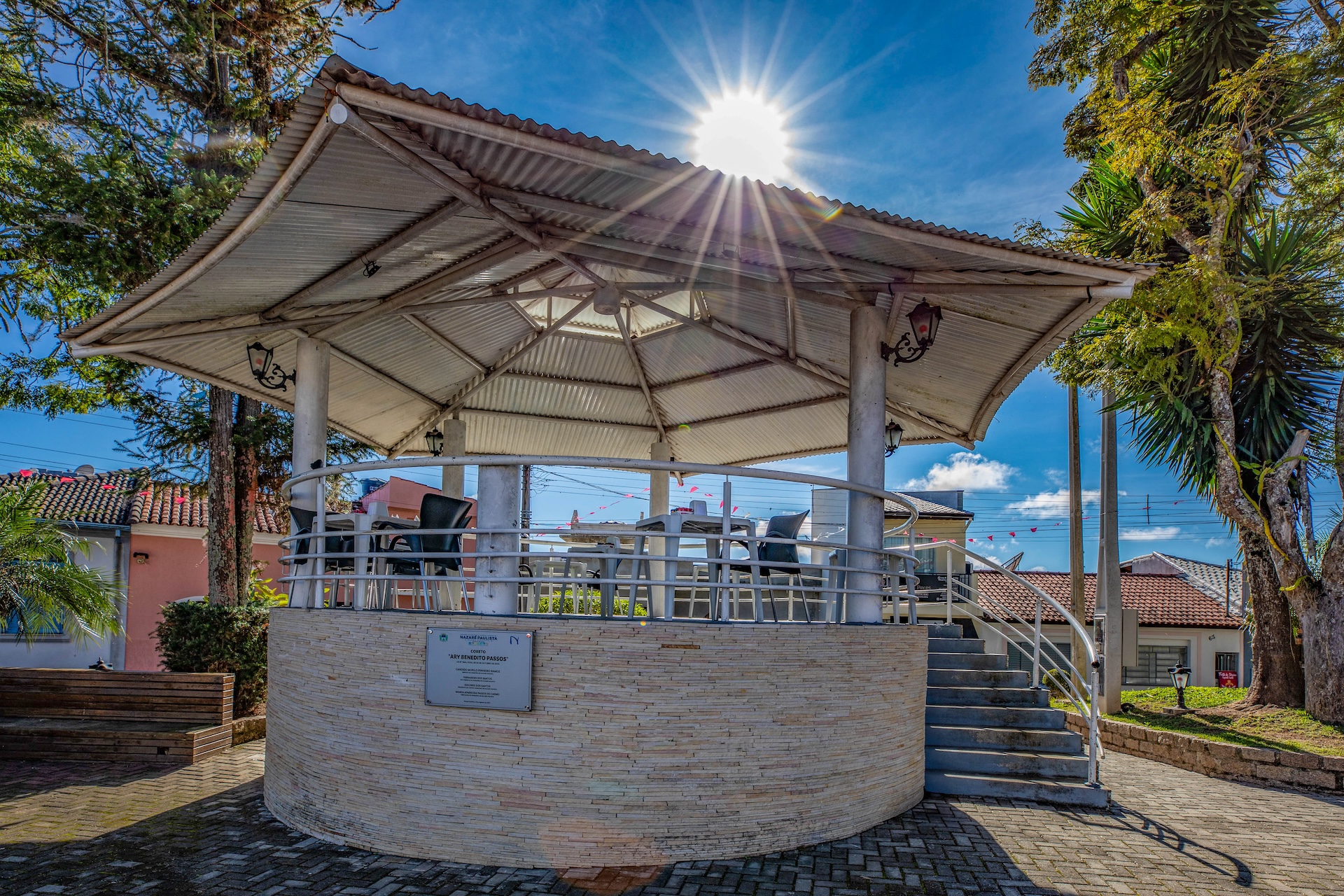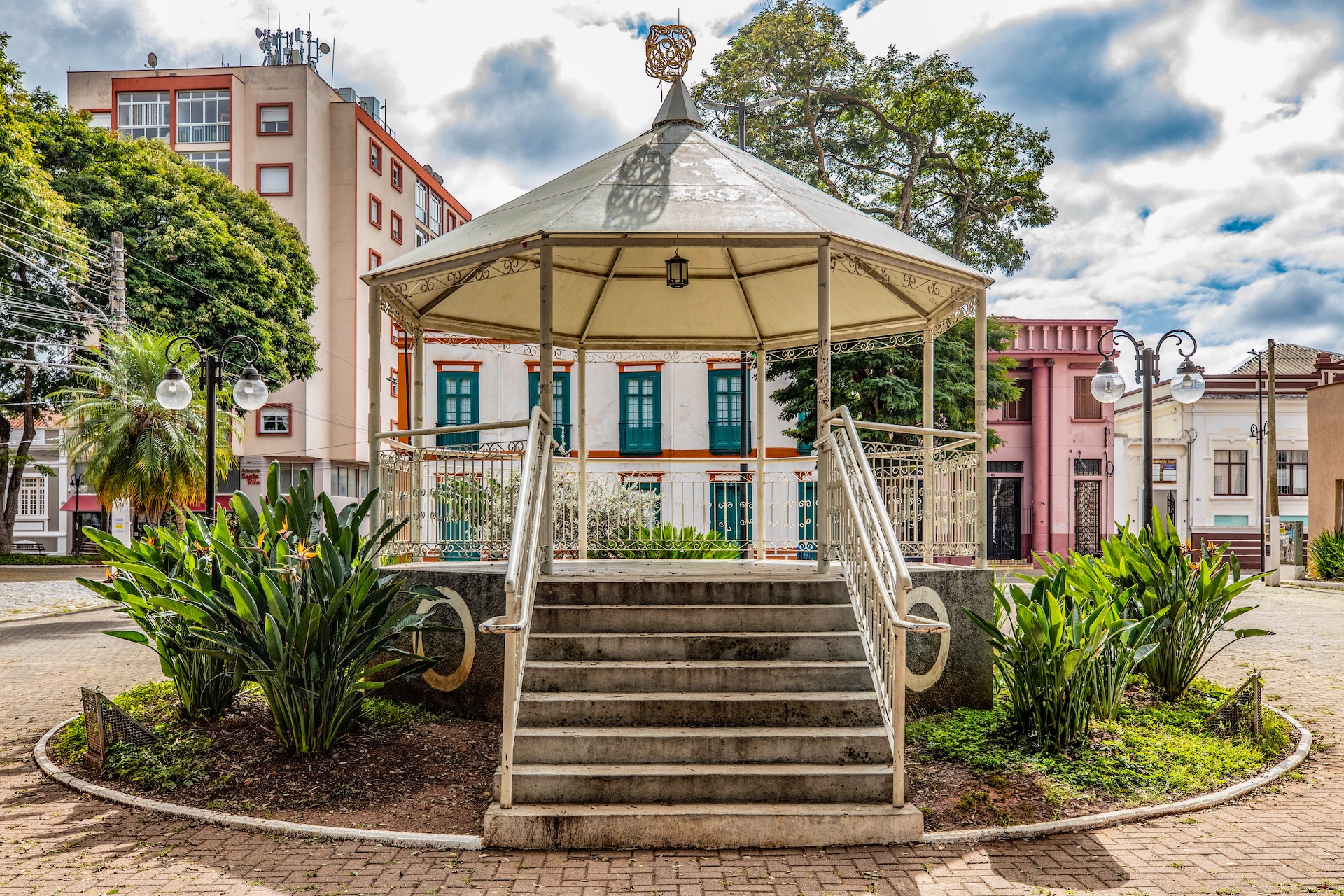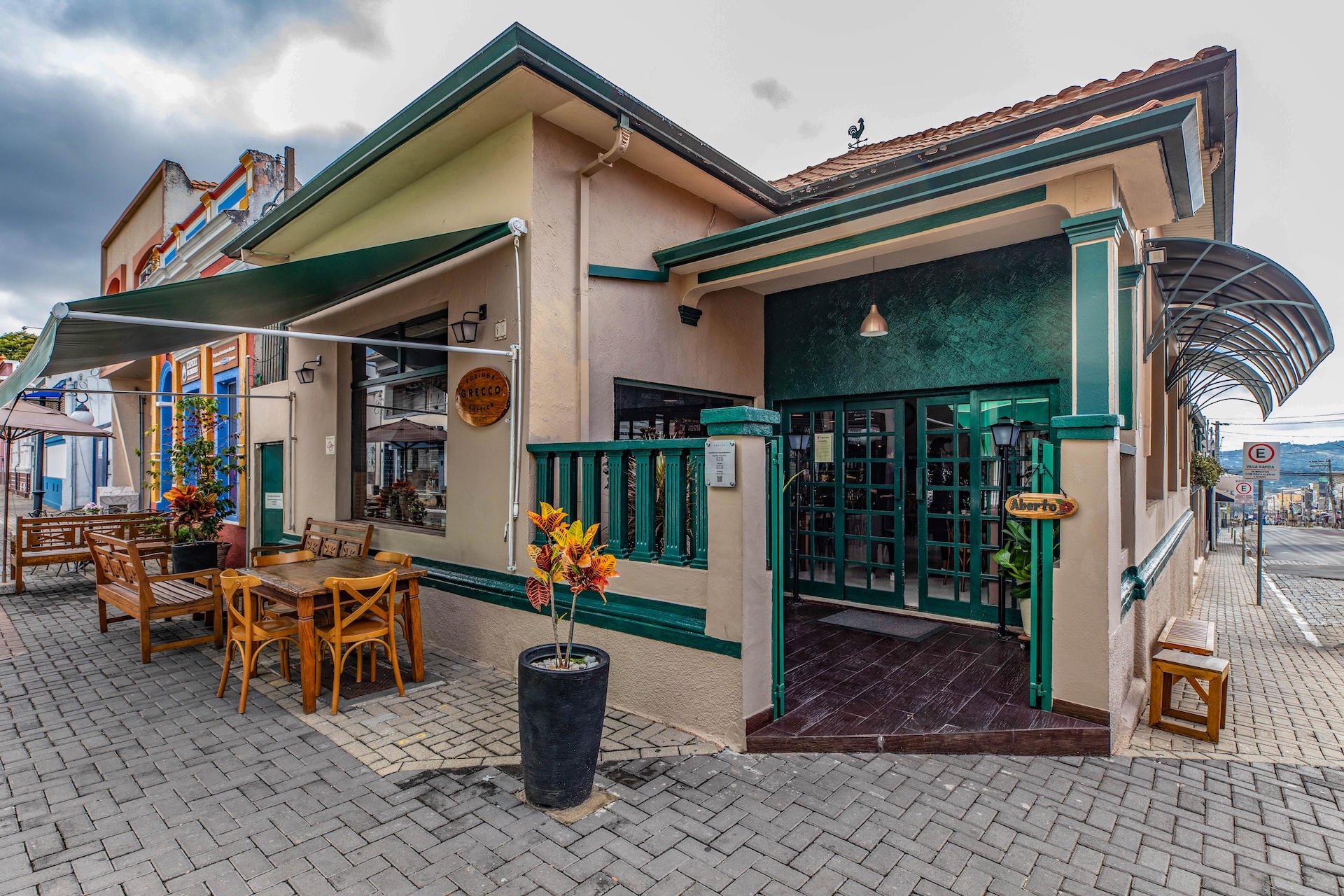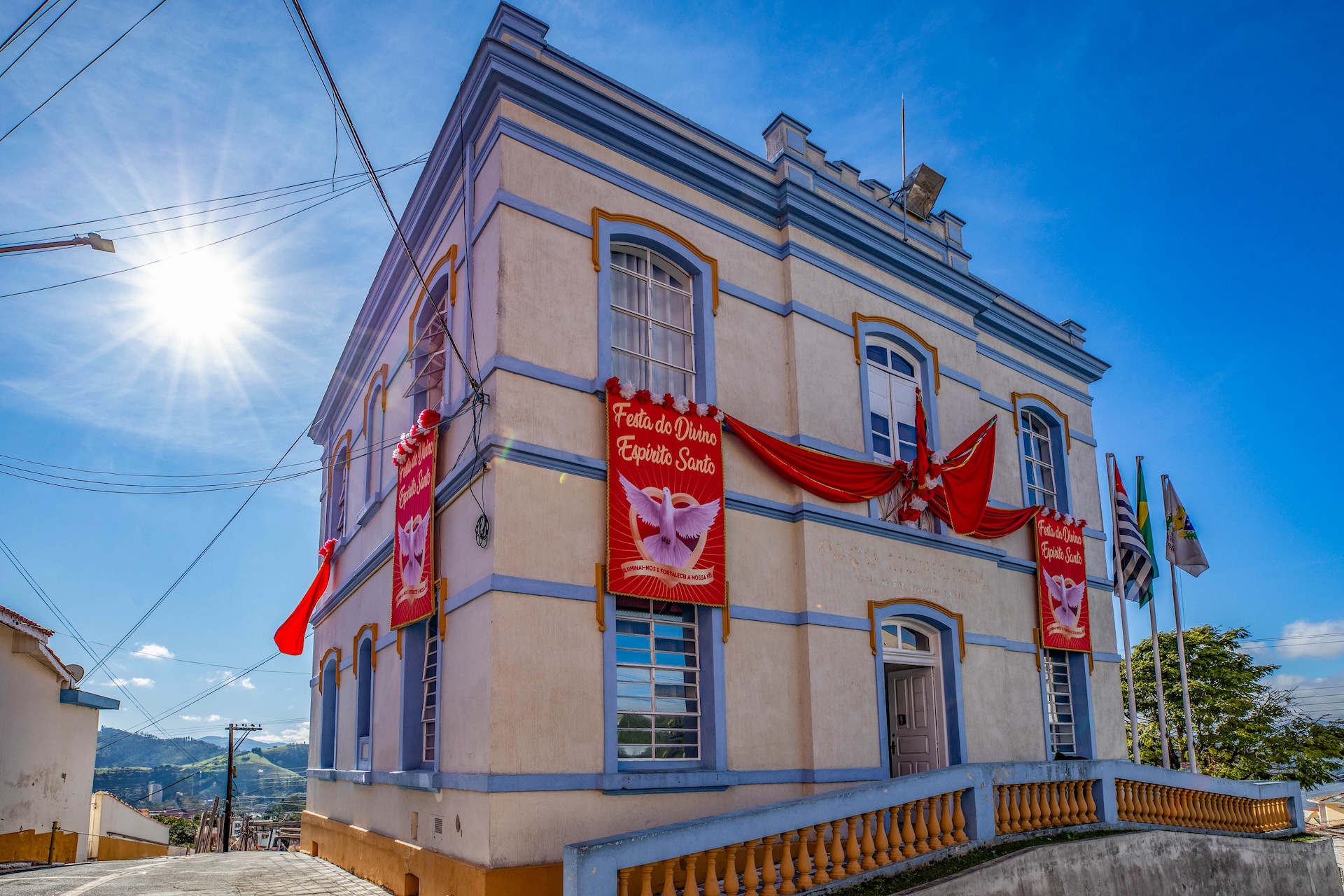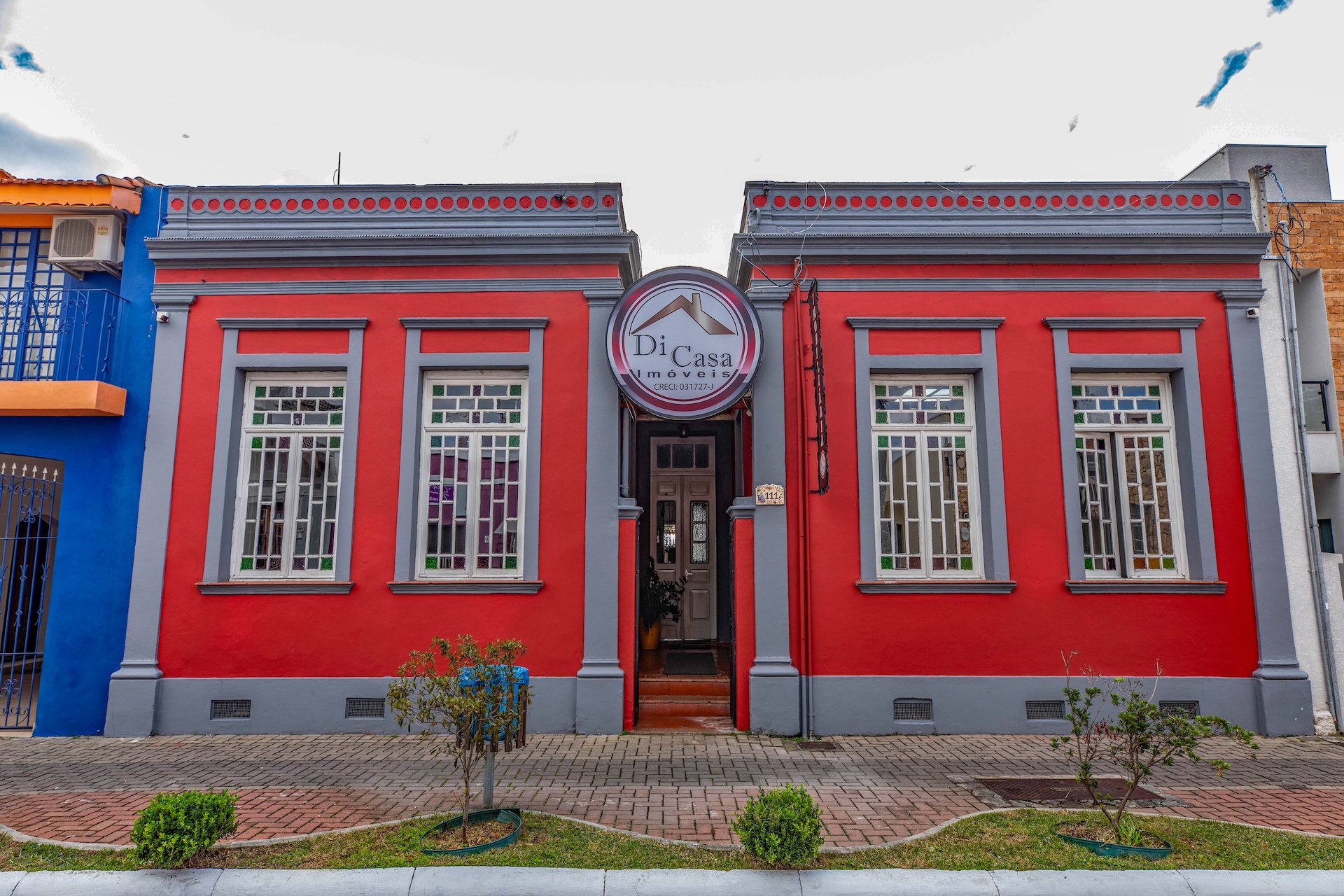Established in 1665, the municipality of Atibaia is nestled among mountains and boasts a rich tapestry of historical mansions and townhouses, as well as vibrant multicultural influences. Its strategic location made it a key transit point for the Bandeirantes (early Brazilian explorers). This allowed the city to develop while carefully preserving its historical landmarks, cultural traditions, and striking natural landscapes, which have become prominent backdrops for films, series, and various other cinematic productions.
The city’s religious character and urban planning from the colonial period are clearly visible in monuments like the Igreja Matriz de São João Batista. Built in the 17th century, this is one of the oldest churches in the state of São Paulo, and it still retains its baroque elements and sacred images from that period. The historical heritage is also evident in buildings such as the Casarão Júlia Ferraz mansion, an iconic example of 19th-century eclectic architecture.
Between the late 19th and early 20th centuries, Atibaia experienced significant transformations with the arrival of immigrants, notably Italians and Japanese. This cultural diversity reshaped local lifestyles, artistic expressions, cuisine, and the economy. The city began to excel in agriculture, particularly in the production of flowers and strawberries. As a direct result of this heritage, the traditional Festa de Flores e Morangos de Atibaia (Flower and Strawberry Festival of Atibaia) was established. It is now celebrated annually with exhibitions and cultural events.
Atibaia is officially recognized as a hydromineral resort town, where urban infrastructure meets striking natural landscapes. Valleys, forest trails, waterfalls, rock formations, and preserved woodland offer a wide range of cinematic backdrops within a single territory.
One of the city’s most iconic landmarks is Pedra Grande, a massive rock formation rising from the Serra do Itapetinga mountain range. Known since colonial times, it stands out in the landscape and has become closely tied to the city’s identity.
In the early 20th century, Atibaia began developing its energy infrastructure, which included the construction of the Atibaia Hydroelectric Power Plant in 1928. Although currently deactivated, its ruins still stand along the river, a lasting testament to the city’s early modernization.
Public spaces across Atibaia reflect this blend of natural and urban memory. Parque Edmundo Zanoni, opened in 1970, features green areas, historic architecture, and communal gathering spaces—underscoring the city’s position as a meeting point between past and present.
The towns surrounding Atibaia further enrich the region’s visual and cultural diversity. Just twenty-four kilometers away, Nazaré Paulista is home to preserved stretches of Atlantic Forest, rivers, hiking trails, and parts of the Serra da Mantiqueira mountain range, as well as local traditions such as the centuries-old Festa do Divino Espírito Santo (Festival of the Divine Holy Spirit).
One standout location is Sítio Caeté farm, noted for its seamless connection to nature: a towering araucaria tree grows at the center of the home’s main room, surrounded by native forest. The property is officially recognized as a Private Natural Heritage Reserve, combining environmental preservation with rustic architecture.
In Bom Jesus dos Perdões, the landscape is defined by mountain views, rural settings, and religious celebrations that reflect the community’s traditional way of life, such as the Festa do Padroeiro (Patron Saint’s Festival). Villa Verde Pousada e Gastronomia, meanwhile, offers a distinct atmosphere: its infinity pool opens out toward the mountains and features a Buddha sculpture at its center, lending the space a contemplative and symbolic quality.
Together, Atibaia and its surrounding region figure as an accessible destination rich in history and nature—where diversity and versatility come together to offer a uniquely compelling setting in the state of São Paulo.
Key information about Atibaia
Attractions
Estimated population:
Land area:
Climate:
Safety and control
Public and Private Agencies and Entities
Useful Contacts
Infrastructure
Telecommunications Operators:
- Claro
- Tim
- Vivo
Banking Networks:
- Banco do Brasil
- Bradesco
- Caixa Econômica
- Caixa Eletrônico 24h
- Itaú
- Santander
Services - accommodation and food
Safety and control
Services - Technical and Logistical Support
Equipment companies for film productions
- Filming equipment companies
- Lighting equipment companies
Spaces for logistical support:
- Auditoriums
- Cultural centers
- Industrial warehouses
General Services
General services available
- Post offices
- Car rental
- Newsstands
- Registry offices
- Exchange bureaus
- Pharmacies
- Hospitals
- Local press
- Bookstores
- Markets
- Banking Networks
Audiovisual industry professionals
- Assistant directors
- Production assistants
- Actors
- Sound editors
- Costume designers
- Makeup artists
- Camera operators
- Audiovisual producers
- Sound effects artists
- Best boys
- Sound technicians

